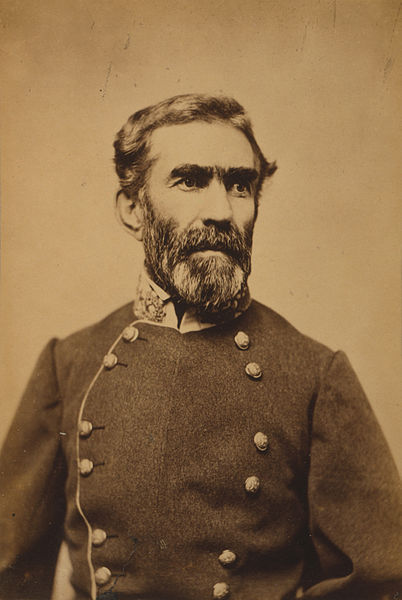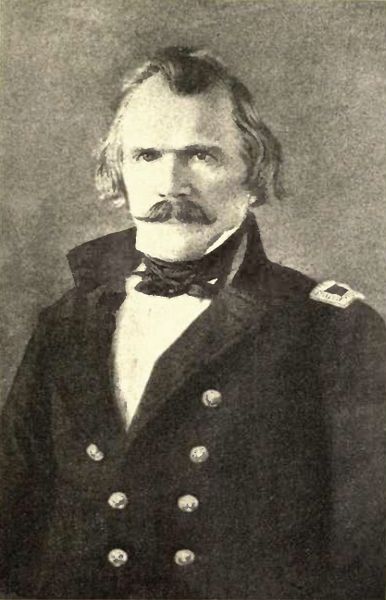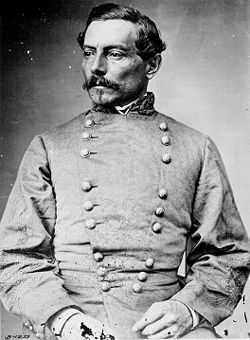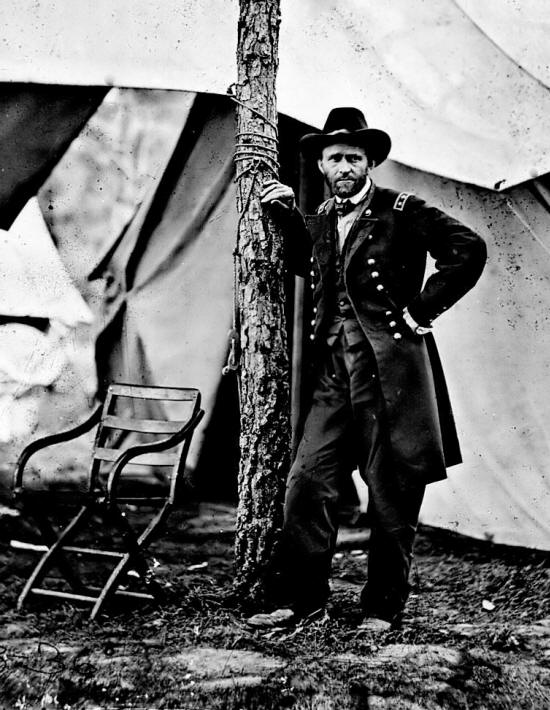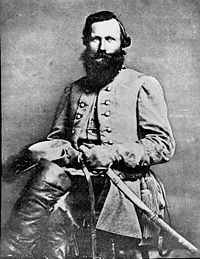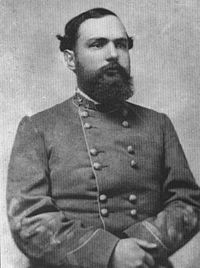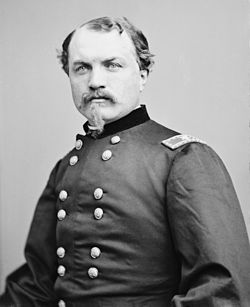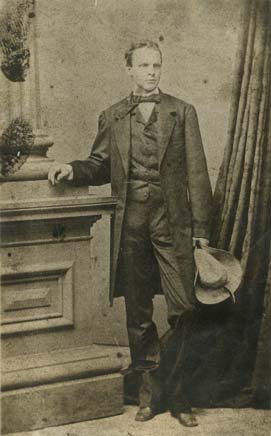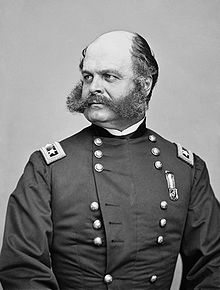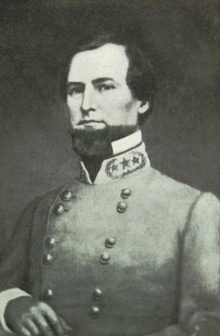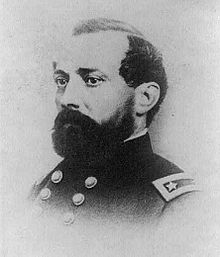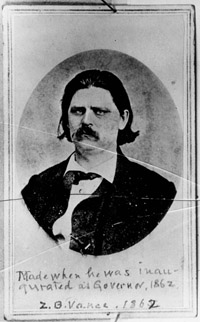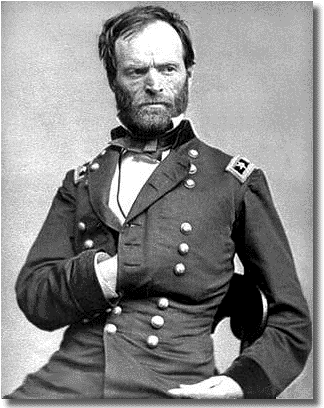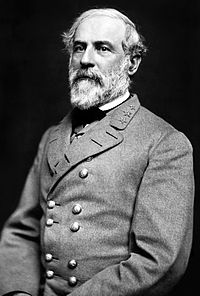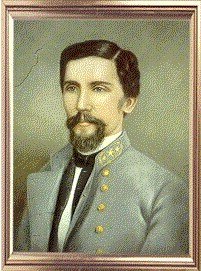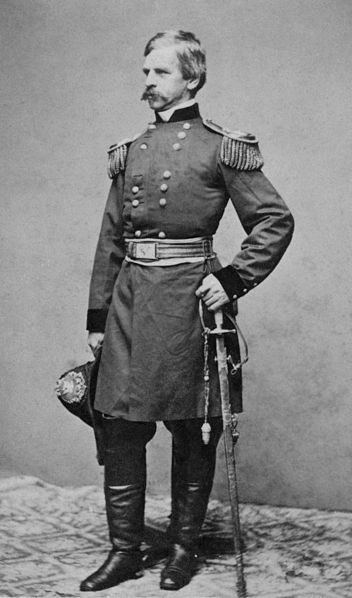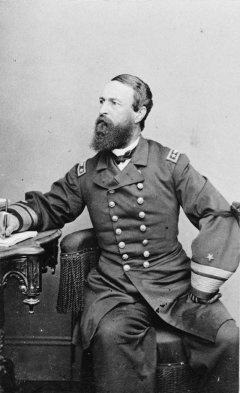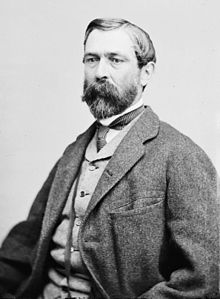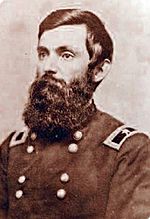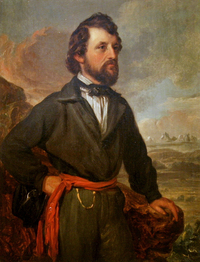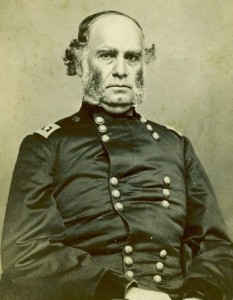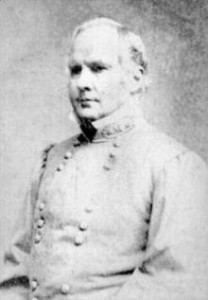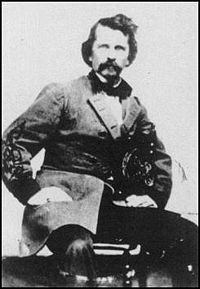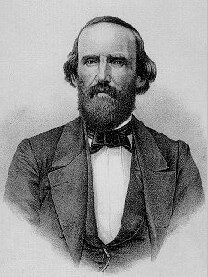Today in 1862, at the First Battle of Kernstown, Virginia, Confederate General Thomas J. “Stonewall” Jackson suffers a rare defeat when his attack on Union forces in the Shenandoah Valley fails.
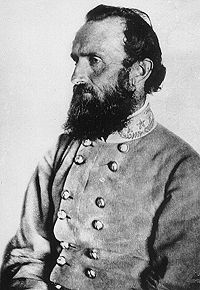
Jackson was trying to prevent Union General Nathaniel Banks from sending any troops from the Shenandoah to General George McClellan’s army near Washington, D.C. McClellan was preparing to
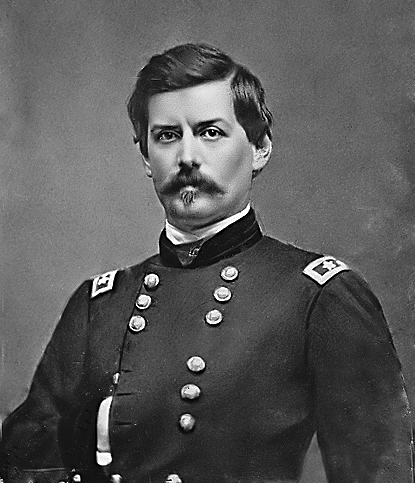
send his massive army by water to the James Peninsula southeast of Richmond, Virginia, for a summer campaign against the Confederate capital. When Turner Ashby, Jackson’s able cavalry commander,

detected that Yankee troops were moving out of the valley, Jackson decided to attack and keep the Union forces divided. Ashby attacked at Kernstown on March 22. He reported to Jackson that only four Union regiments were present–perhaps 3,000 men. In fact, Union commander James Shields actually had 9,000 men at Kernstown but kept most of them hidden during the skirmishing on March 22. The rest of Jackson’s force arrived the next day, giving the Confederates about 4,000 men. The 23rd was a Sunday, and the religious Jackson tried not to fight on the Sabbath. The Yankees could see his deploy-ment, though, so Jackson chose to attack that very afternoon. He struck the Union left flank, but the Federals moved troops into place to stop the Rebel advance. At a critical juncture, Richard Garnett

withdrew his Confederate brigade due to a shortage of ammunition, and this exposed another brigade to a Union attack. The Northern troops poured in, sending Jackson’s entire force in retreat.
Jackson’s troop losses included some 80 killed, 375 wounded, and 260 missing or captured, while the Union lost 118 dead, 450 wounded, and 22 missing. Despite the defeat, the battle had positive results for the Confederates. Unnerved by the attack, President Abraham Lincoln ordered McClellan to leave an entire corps to defend Washington, thus drawing troops from McClellan’s Peninsular Campaign. The battle was the opening of Jackson’s famous campaign in the Shenandoah Valley. Over the following three months, Jackson’s men marched hundreds of miles, won several major battles, and kept three separate Union forces occupied in the Shenandoah.
To purchase a signed copy of Larry Auerbach’s novel “The Spirit Of Redd Mountain”, Click Here
Photo courtesy of wikipedia.com


